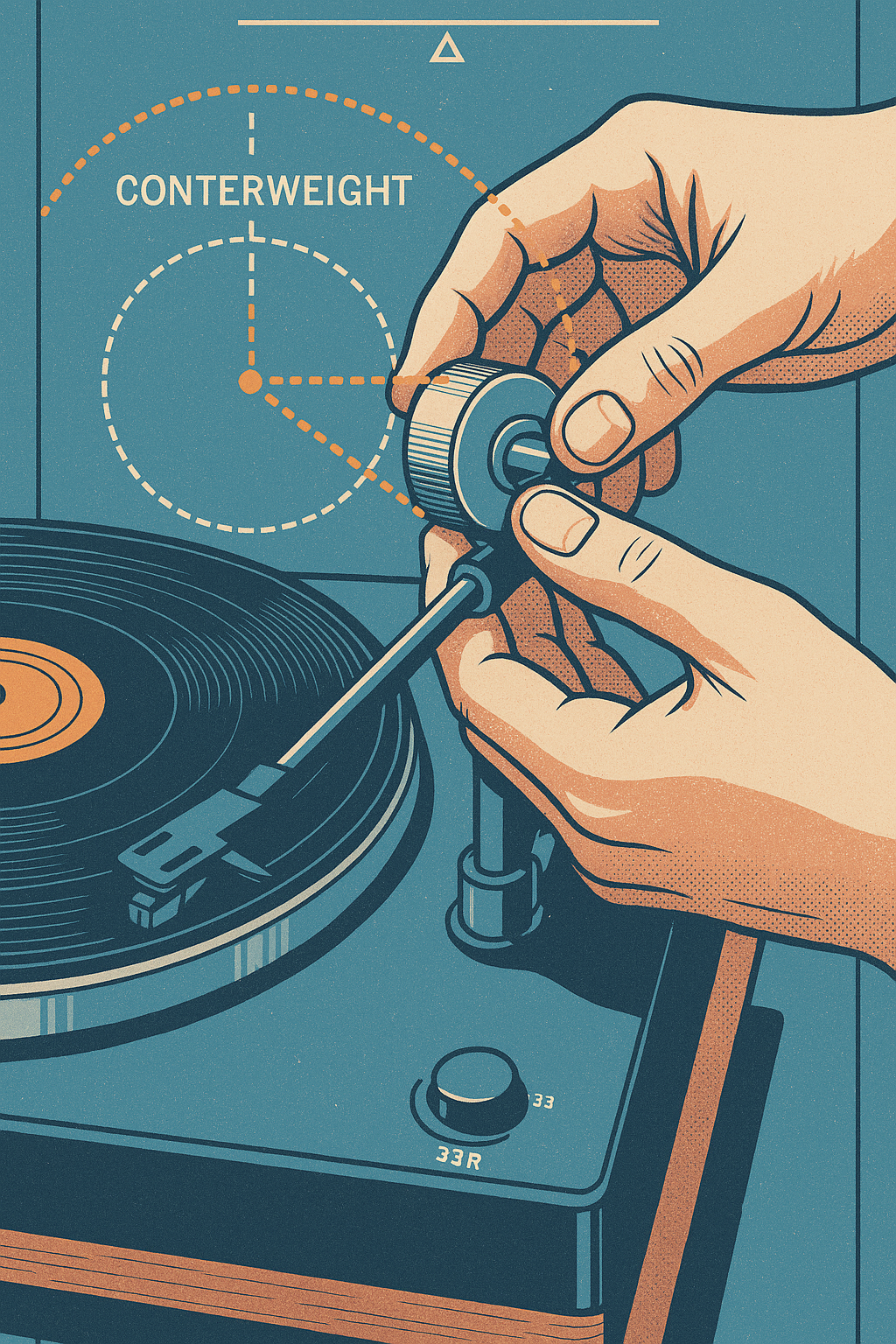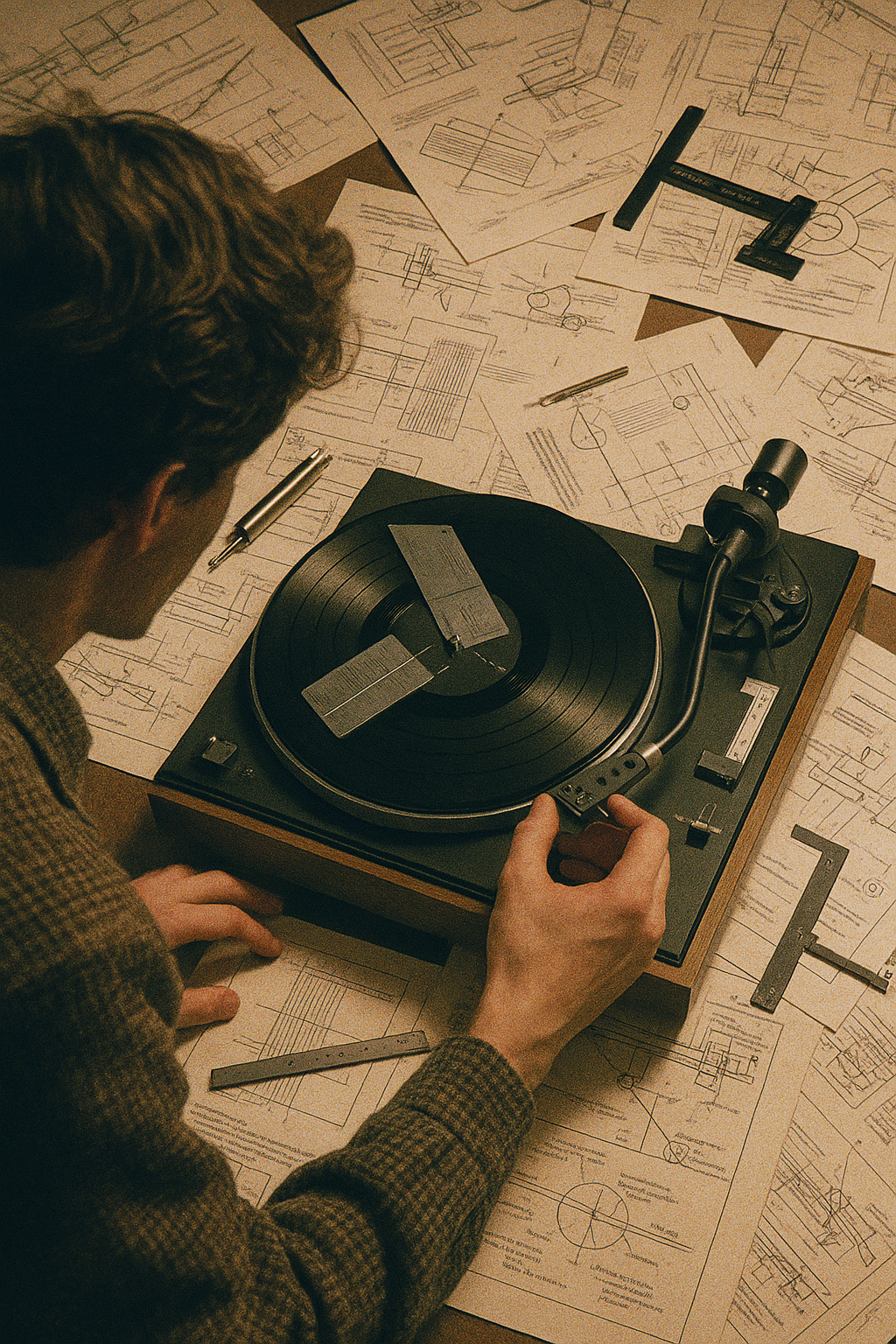You're in the market for a turntable, or perhaps looking to upgrade. Amidst the specs and features, one crucial question often arises: should you buy a turntable with a built-in phono preamplifier, or one without? This isn't just a minor detail; it fundamentally shapes your setup, your budget, your potential for future upgrades, and ultimately, the sonic tapestry woven from your vinyl collection.
Let's demystify this. A phono preamplifier (or phono stage) has two critical jobs: it boosts the incredibly faint signal from your phono cartridge to a standard "line level" that your main amplifier can work with, and it applies RIAA equalization to restore the correct tonal balance to the music (as detailed in our guide, "Connecting an External Phono Preamp: Unlocking Superior Vinyl Sound"). The question is, do you want this vital component housed inside your turntable, or as a separate, dedicated box?
There's no universal "right" answer, but by understanding the pros, cons, and underlying principles, you can make a choice that perfectly aligns with your needs, aspirations, and listening philosophy.
The All-in-One Appeal: Turntables With Built-In Preamps
Turntables featuring an integrated phono stage have become increasingly popular, and for good reasons:
Pros:
-
Simplicity & Convenience: This is the biggest draw. Setup is a breeze. You can connect the turntable directly to any standard line-level input on an amplifier, receiver, powered speakers, or even some soundbars. Fewer boxes, fewer cables, less fuss – it’s the epitome of plug-and-play.
-
Initial Cost-Effectiveness: Often, a turntable with a decent built-in preamp can be a more affordable entry point into the vinyl world. You're getting a complete solution (turntable + preamp) in one package.
-
Space Saving: Ideal for minimalist setups, smaller rooms, or situations where audio rack real estate is at a premium.
-
Direct to Powered Speakers: A very common and practical use case. If you have a pair of powered speakers with an RCA or 3.5mm input, a turntable with a built-in preamp is often the most straightforward way to create a compact, satisfying vinyl system.
Cons & Considerations:
-
Variable Quality: The quality of built-in phono stages can range from surprisingly good to merely adequate, to downright mediocre. Manufacturers often have to make compromises to hit a price point.
-
The Upgrade Bottleneck: If the built-in preamp isn't great, or if your audiophile ambitions grow, you're stuck with it unless the turntable also offers a way to bypass its internal preamp (a "phono/line" switch). If it doesn't, adding a superior external preamp later means you're still passing the signal through the (potentially inferior) internal circuitry first, or you can't use an external one at all.
-
Noise Potential: Housing sensitive amplification circuitry inside the same chassis as a motor and other mechanical components can sometimes introduce electrical noise or hum into the signal path, though well-designed units mitigate this.
-
Limited Matching: Built-in preamps are generally designed for common Moving Magnet (MM) cartridges. They rarely offer the gain or loading adjustments needed to optimize performance for Moving Coil (MC) cartridges or even some higher-end MMs.
Who Is It For?
Turntables with built-in preamps are often an excellent choice for:
-
Beginners seeking an easy entry into vinyl.
-
Listeners prioritizing simplicity and a minimal component count.
-
Those on a tighter initial budget.
-
Users connecting directly to powered speakers or systems without a dedicated phono input.
The Dedicated Path: Turntables Without Built-In Preamps
These turntables output a pure, unadulterated phono-level signal, requiring a separate, external phono preamplifier.
Pros:
-
Superior Sound Quality Potential: This is the primary allure. An external phono preamp is a specialized component. Manufacturers can invest in better power supplies, higher-quality parts, more sophisticated circuit designs, and superior isolation from noise – all contributing to a cleaner, more dynamic, and more detailed sound.
-
Unmatched Flexibility & Upgradeability:
-
Choose Your Flavor: You can select an external preamp that perfectly complements your cartridge (MM or MC) and your sonic preferences. Different preamps have different sonic signatures.
-
Independent Upgrades: As your system evolves or your tastes refine, you can upgrade your phono preamp without needing to replace your entire turntable, and vice-versa. This modular approach is a cornerstone of audiophile system building.
-
Optimal Cartridge Matching: Many external preamps offer adjustable gain, impedance, and capacitance settings, allowing you to precisely match the electrical requirements of your specific cartridge, wringing out every last drop of its performance. This is especially critical for MC cartridges.
-
-
Reduced Noise Floor: By physically separating the sensitive amplification stage from the turntable's motor and mechanical workings, you significantly reduce the risk of electrical noise and interference, leading to a "blacker" background from which the music can emerge.
-
The Audiophile's Choice: For those on a dedicated quest for the highest possible fidelity and system synergy, a turntable without a built-in preamp, paired with a carefully chosen external phono stage, is almost always the preferred route.
Cons & Considerations:
-
Higher Overall Cost (Potentially): You're buying two separate components (turntable + external preamp), which can mean a higher upfront investment.
-
More Boxes & Cables: It adds another component and another set of interconnects to your system.
-
Increased Setup Complexity (Slightly): You'll need to understand how to connect the external preamp (though it's quite straightforward, as our guide explains).
Who Is It For?
Turntables without built-in preamps (requiring an external one) are generally best for:
-
Listeners prioritizing sound quality above all else.
-
Those who plan to upgrade their system components over time.
-
Users with high-performance cartridges, especially Moving Coils.
-
Audiophiles who enjoy fine-tuning their system for optimal synergy.
Making Your Choice: Navigating the Crossroads
So, which path is for you? Consider these questions:
-
What's your current budget, and what are your future upgrade plans? If budget is tight now but you dream big, a good turntable without a preamp, paired with an affordable-but-decent external preamp, might offer a better long-term path than an all-in-one.
-
What are your primary listening goals? Casual enjoyment in a simple setup? Or critical listening and the pursuit of sonic perfection?
-
What amplifier and speakers are you using? Does your amp have a phono input? If it does, is it any good? (Many built-in amp phono stages are also quite basic).
-
How important is absolute simplicity versus ultimate performance and flexibility?
-
Do you see yourself experimenting with different cartridges, especially MCs, down the line?
At XJ-HOME, we appreciate both elegant simplicity and the pursuit of uncompromising audio fidelity. For many, a thoughtfully designed turntable with a capable built-in preamp offers immense satisfaction and value. However, for those seeking to extract the deepest nuances from their vinyl and build a system that can evolve with their passion, the dedicated path of an external phono preamp often leads to a more profound and enduring connection with the music. We believe in empowering you to make informed choices that resonate with your personal audio journey (discover more about our philosophy at https://xenonjade.com).
For further reading on how different components interact, audio forums like Audiokarma.org offer a wealth of discussions and member experiences on turntable and preamp pairings.
Conclusion: The "Right" Turntable Serves Your Music
Ultimately, the decision of whether to opt for a turntable with or without a built-in phono preamp hinges on your individual needs, priorities, and how you envision your relationship with vinyl unfolding. There's no inherently "better" option, only the option that's better for you. Whether you choose the integrated convenience or the dedicated performance path, the goal remains the same: to spin those records and lose yourself in the music.
Happy listening!





Leave a comment
All comments are moderated before being published.
This site is protected by hCaptcha and the hCaptcha Privacy Policy and Terms of Service apply.